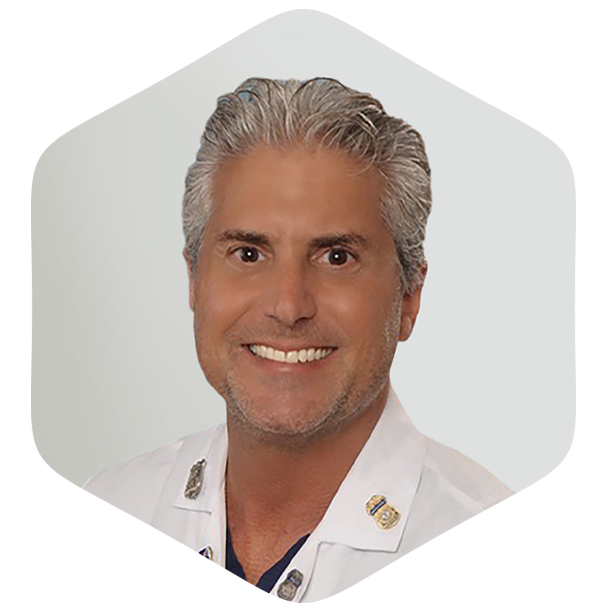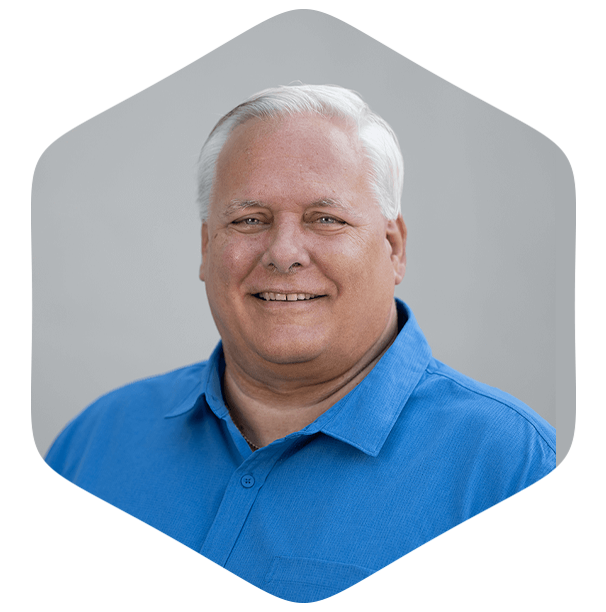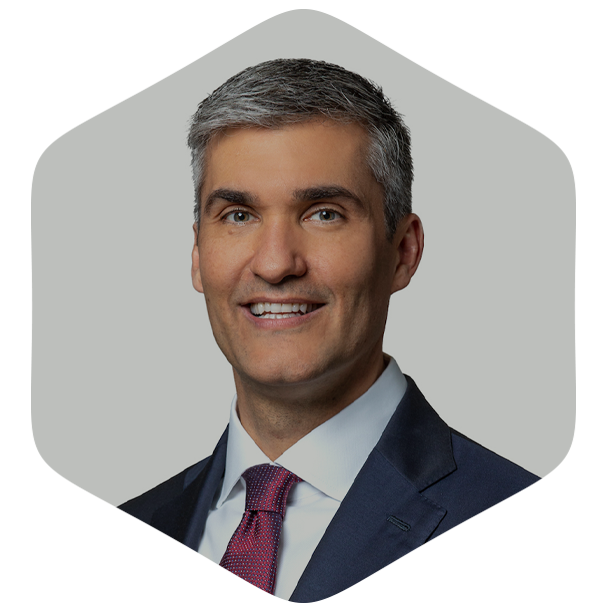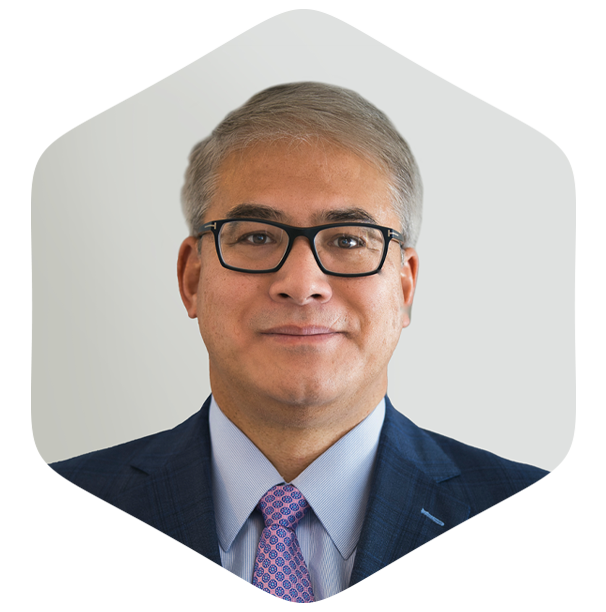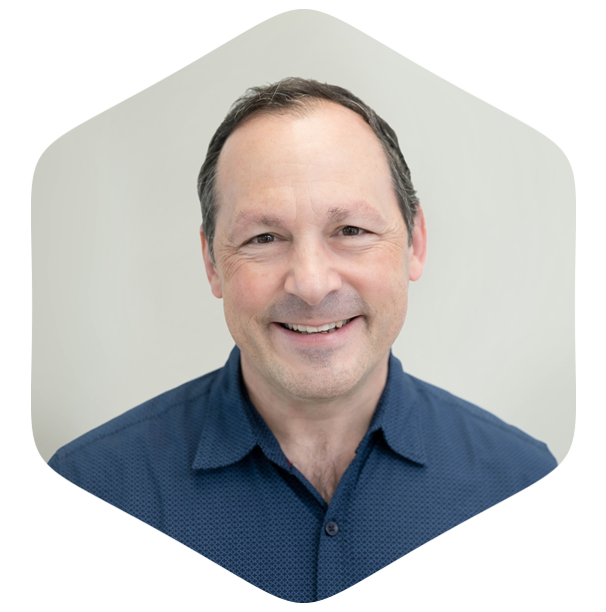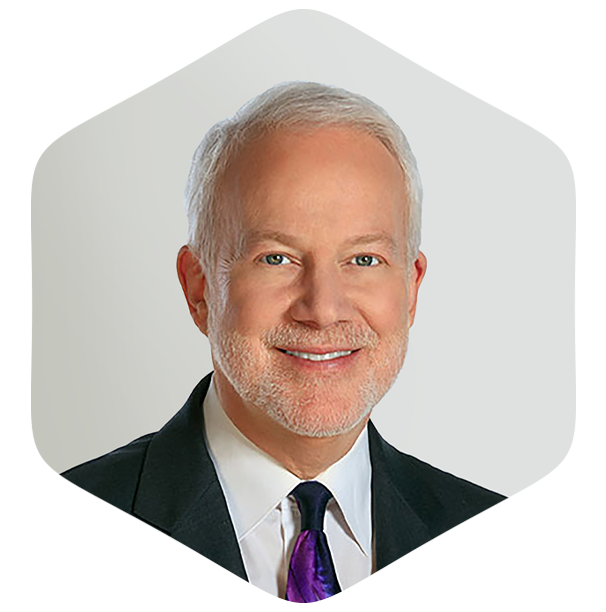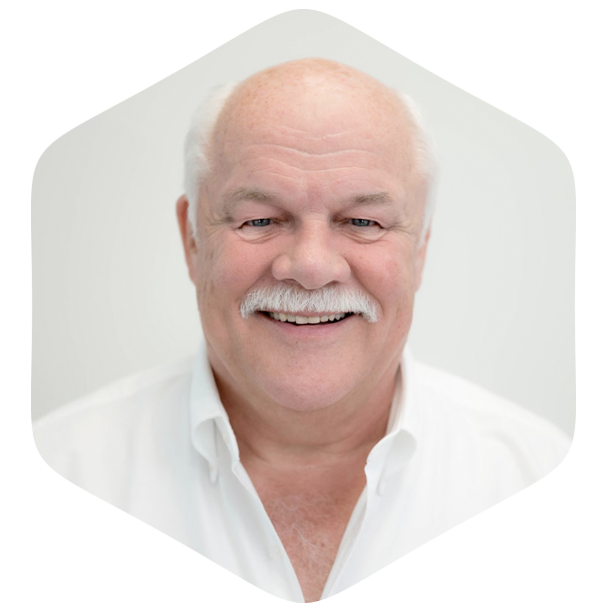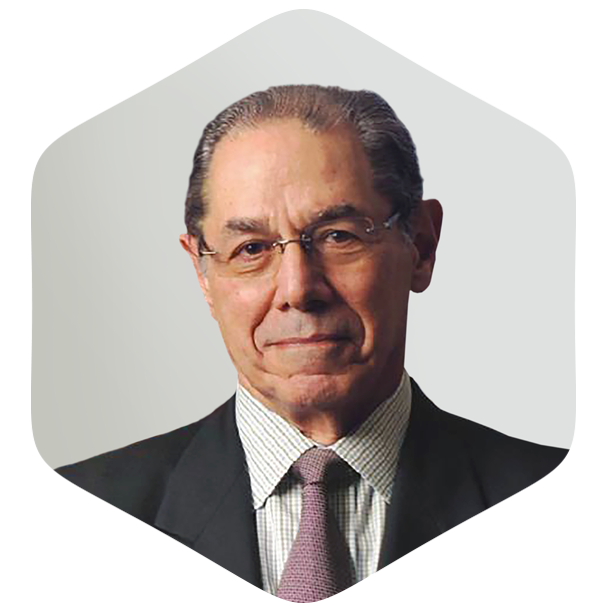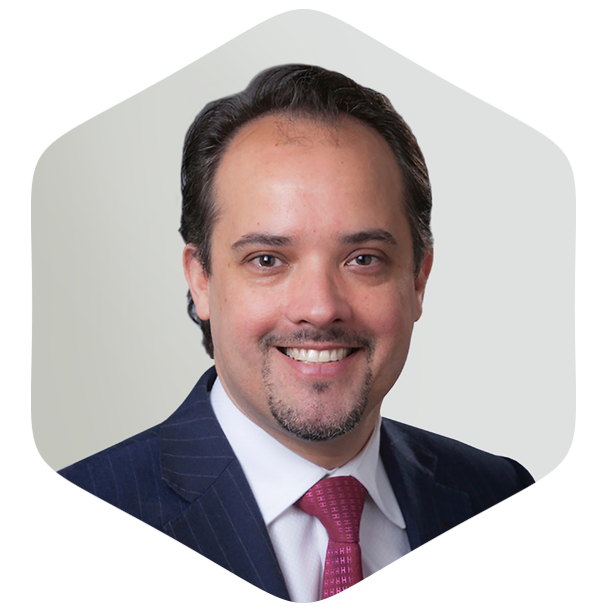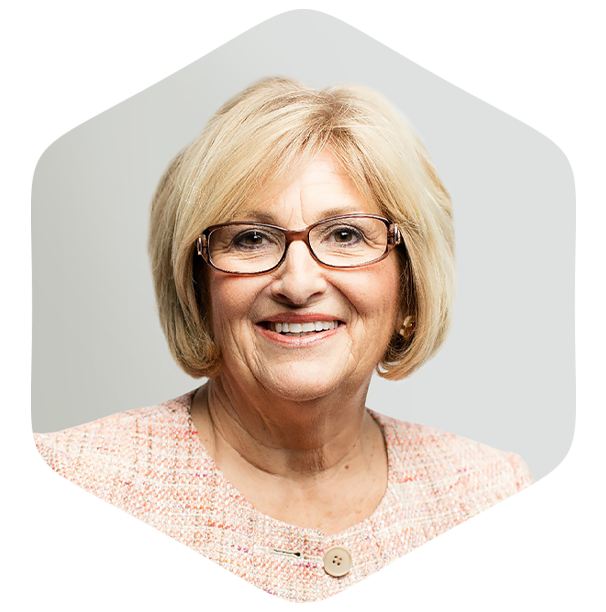Our Focus
Stuart Therapeutics was founded to address chronic disease indications of the eye. The eyes, according to Shakespeare, are the “window to your soul.” As one of our five senses, they are an obvious and critical function for all of us in our daily lives, and easy to take for granted. As we age, the same process that affects other organs takes its toll on our eyes. The Stuart Therapeutics team all have direct experience with blinding diseases of the eye, either their own or close family members. We take seriously our mission to develop therapies that are differentiated and effective for these chronic diseases.

Dry Eye Disease
Dry Eye Disease (DED) is a multifactorial disease of the ocular surface. It can be caused by simple exposure to the elements, which is typically temporary in nature, or can be related to a variety of physiological changes that cause deficiencies in the tear film. When the tear film is disrupted, the epithelial cells on the surface of the cornea are exposed and begin to die (cell apoptosis). As the disease advances, further damage to the cornea, including corneal nerves, occurs, negatively affecting the tear reflex and exacerbating the damage.
The body responds with inflammatory cytokines and matrix metalloproteinases (MMPs), which digest important portions of the collagen molecule. Under certain conditions, the damage becomes chronic.
Difficulties with current treatments
Over the counter tear film supplements (artificial tears) are a typical first choice for patients. They temporarily replace tears as a surface lubricant on the cornea and provide brief relief, and often require frequent reapplication. The standard of prescription care for this indication is an anti-inflammatory drug. These drugs are slow acting and are helpful to a relatively small percentage of the patient population (less than 30%). More recent developments offer some combination of anti-inflammatory drug with the same delay in relief, or a tear film augmentation approach that includes stimulating the tear response. All solutions leave much to be desired from a patient and physician perspective. There is a significant unmet need for a fast acting therapeutic that provides patient relief to a large percentage of DED sufferers.

Glaucoma
Glaucoma is an optic neuropathy characterized by the progressive degeneration of the optic nerve, leading ultimately to blindness. It is a leading cause of vision loss in the world, affecting approximately 76 million people. Its causes are not completely understood, but it is clear that bio-energetic, bio-mechanical and bio-chemical stresses, including elevated intraocular pressure (IOP), combine to damage the optic nerve and its axons. The optic nerve carries image information from the retina to the brain, which is how we see. Glaucoma is primarily a slow acting disease, but damage is irreversible, so proper diagnosis and intervention is critical. Stuart Therapeutics is proud to partner with a leader in glaucoma treatment, Glaukos Corporation, to develop a groundbreaking approach to neuroprotection in glaucoma. Glaukos has acquired the exclusive worldwide license to Stuart’s ST-113 PolyCol drug candidate, and the companies look forward to moving this asset into the clinic.
Difficulties with current treatments
Glaucoma can still progress even though measured pressure is normal. Pressure lowering drops often need to be taken in combination and have side effects. Patients sometimes need to take up to four different drops on different schedules, and patient compliance is a major concern. There exists no currently approved therapeutic that can protect the optic nerve from damage due to the combination of effects.

Dry Age-Related Macular Degeneration (Dry AMD)
Dry age-related macular degeneration (Dry AMD) is a condition that results in the slow deterioration of the retina and can ultimately lead to blindness. The precise causes of this disease are not fully understood.
Dry AMD results in deterioration of the tissues that form the “back of the eye,” or most posterior tissues. These include Bruch’s membrane, the retinal pigment epithelial cells and the photoreceptors. The deterioration causes blind spots in the central visual field.
Difficulties with current treatments
Dry AMD is an extremely common indication, that is usually observed for signs of progression and treated with vitamins. It can progress to a more serious stage, where long term damage to the retina, called geographic atrophy, causes loss of the central visual field. There are two currently approved therapeutics for geographic atrophy, both of which merely slow the progression of geographic atrophy lesions. There is a significant unmet need to a therapeutic that can improve the structural and cellular milieu of the macula and reverse damage associated with geographic atrophy.


